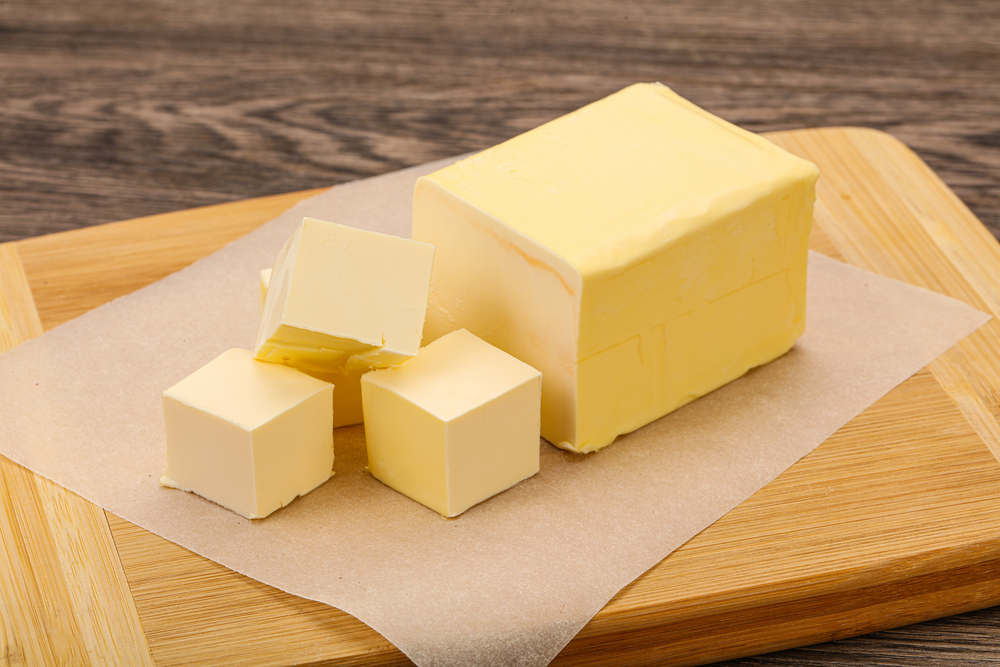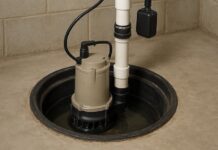Small dairy businesses face constant pressure to save time, reduce waste, and increase profits without sacrificing quality. Manual butter production often demands long hours and physical effort, which limits output and consistency. An electric butter churn helps small dairies increase profits by cutting labor time, improving product quality, and allowing faster, more consistent butter production.
By automating the churning process, dairies can turn cream into butter in a fraction of the time while maintaining uniform texture and taste. This consistency builds customer trust and supports higher sales at local markets or through direct distribution. In addition, electric churns make it easier to scale production, helping small operations expand without major new labor costs.
The right equipment transforms butter production from a slow, manual task into an efficient, repeatable process. With the right electric churn, small dairies can focus on growing their business, meeting demand, and turning fresh cream into a dependable source of income.
How Electric Butter Churns Directly Boosts Profitability
Electric butter churns help small dairy businesses turn leftover cream into profitable products, reduce waste, and save labor. By using efficient equipment, dairies can produce artisan butter, diversify offerings, and gain extra income from byproducts like buttermilk.
Turning Surplus Cream Into Value-Added Products
Small dairies often produce more cream than they can sell fresh. Instead of letting it spoil, they can process it into artisan butter, which sells for a higher price. This shift transforms a low-margin product into a premium one that appeals to local markets and restaurants.
A Milky Day electric butter churn allows creameries to process small batches quickly without complex machinery. This flexibility helps maintain freshness and quality while keeping production costs low.
Butter also stores longer than raw cream, which reduces spoilage and gives producers more time to sell. By turning excess cream into butter, dairies gain a steady revenue stream and make better use of every drop of milk.
Expanding Product Offerings With Small-Batch and Flavored Butter
Electric churns give producers control over texture and flavor, allowing them to create unique butter types. Small-batch production supports experimentation with salted, unsalted, or flavored varieties such as garlic, honey, or herbs.
These specialty butters attract customers who want fresh, local products. Seasonal flavors like cranberry or pumpkin spice can also increase sales during holidays or events. Each variation provides a chance to reach new buyers and strengthen brand identity.
Adding variety helps dairies sell to both individual consumers and local food businesses. Restaurants and bakeries often prefer custom butter styles, which can justify higher prices and repeat orders.
Increasing Efficiency and Reducing Labor Costs
Manual churning takes time and effort, which limits production. Electric butter churns automate much of the process, allowing one worker to manage multiple tasks. This efficiency reduces labor costs and increases daily output without sacrificing quality.
Modern churns feature simple controls and automatic shut-off systems that prevent over-processing. Workers spend less time monitoring equipment and more time packaging or handling sales.
Electric models also produce consistent results, which helps maintain customer trust. A uniform product reduces waste from failed batches and keeps production predictable, leading to steady profits over time.
Maximizing Revenue Through Byproducts Like Buttermilk
Butter production naturally creates buttermilk, a product with its own market value. Instead of discarding it, dairies can bottle and sell it to bakeries or local stores. Buttermilk is popular for baking and cooking, providing another income source.
Selling both butter and buttermilk helps recover more value from the same batch of cream. This dual output supports sustainability while improving profit margins.
Some dairies also use buttermilk to make cheese or cultured drinks. Each use adds another layer of revenue, turning what was once waste into a dependable product line.
Choosing and Using the Right Electric Butter Churn for Small Dairies
Selecting the proper butter churn machine affects production speed, product quality, and long-term costs. A well-matched electric butter churn allows a small dairy to maintain consistent output, reduce waste, and meet safety standards for homemade butter.
Selecting the Best Butter Churn Machine for Your Production Needs
The right machine depends on how much butter the dairy produces each week and how that butter is sold or stored. Smaller farms often need a churn that handles one to four gallons per batch, while larger operations may require a higher-capacity unit.
A clear understanding of production goals helps avoid underuse or overloading. A churn that matches daily demand prevents delays and reduces wear on the motor.
Speed control also matters. Adjustable speed settings allow the user to manage butter texture and moisture levels. A slower speed can create a denser butter, while a faster speed separates the buttermilk more efficiently.
Material choice affects both performance and durability. Stainless steel models resist rust and are easier to clean, which keeps maintenance simple and sanitary.
Key Features for Ease of Use, Cleaning, and Consistency
A good electric butter churn should save time and effort without sacrificing quality. Machines with a simple control panel and clear indicators make operation straightforward for any worker.
Ease of cleaning is equally important. Models with removable paddles or open-top designs allow quick rinsing and reduce residue buildup. Fewer parts mean faster turnaround between batches.
Consistency defines product quality. A steady motor and balanced churning motion create a uniform butter texture every time. Adjustable timers help maintain repeatable results, which supports customer satisfaction and reduces waste from uneven batches.
Safety switches and automatic shutoff functions also protect both the user and the machine from overheating or mechanical strain.
Guaranteeing Quality and Safety in Homemade Butter Production
Butter makers in small dairies must maintain strict hygiene to produce safe, high-quality butter. Using food-grade materials such as stainless steel prevents contamination and meets dairy safety standards.
Temperature control plays a major role. Cream kept at the proper temperature before churning yields a smoother texture and longer shelf life.
Regular inspection of seals, paddles, and containers prevents leaks or bacterial growth. Cleaning with hot water and a mild detergent after each use keeps the machine sanitary.
Proper butter storage completes the process. Fresh homemade butter should be packed in airtight containers and kept refrigerated to preserve flavor and safety.
Conclusion
Electric butter churns help small dairy businesses turn extra cream into a higher-value product. This process reduces waste and creates new sources of income through artisan butter and byproducts like buttermilk.
They also save time and labor, which allows small teams to focus on other production tasks. As a result, operations become more efficient and consistent.
With affordable equipment and simple controls, electric churns provide a practical way to grow profits without large investments. Therefore, they give small dairies a clear path to expand product lines and strengthen their position in local markets.
Find a Home-Based Business to Start-Up >>> Hundreds of Business Listings.
















































